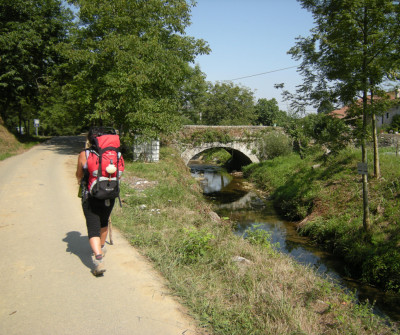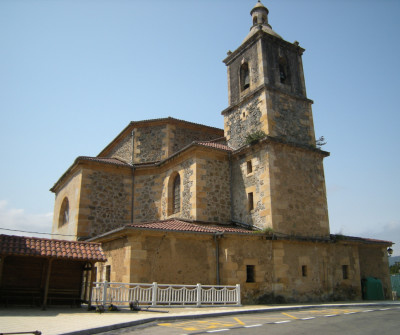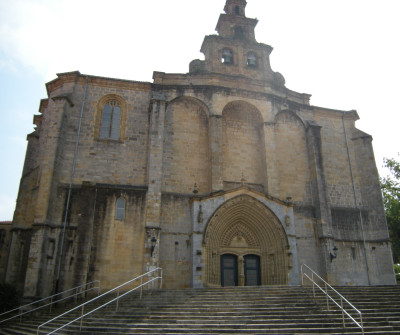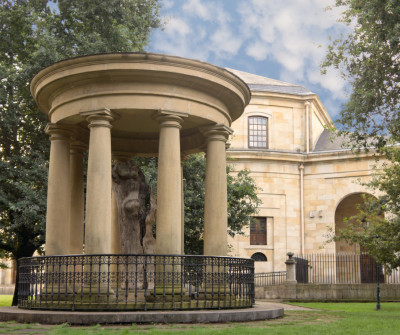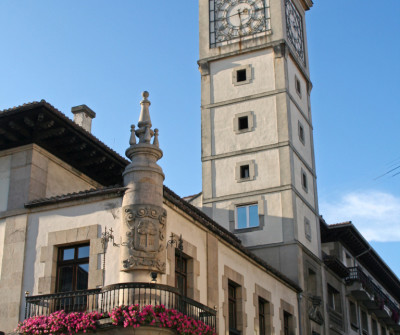If you take the BI-633 for over a kilometre, you will find a detour to your right until the bridge over the River Artibai. You have to follow it towards Iruzubieta and then cross the river again. The path continues through the forest into the valley, before you reach Bolibar.
READ MOREThis is the birthplace of the family of the military and political leader Simón Bolivar, who played an instrumental role in the independence of the Sapnish colonies in the Americas. There is a museum dedicated to him in the house of his ancestors, as well as a monument. From Puebla de Bolibar you continue along a cobbled path to the monastery of Zenarruza, in Ziortza. It is still inhabited and can be visited. The community was founded in the 11th century and used to welcome pilgrims in need.
If you follow towards Mount Oiz and the peak of Gauntzegarai, you will reach Munitibar, where you have to cross the River Lea. The path goes through villages and caseríos until you climb to Marmiz, from where you have two options to get to Gernika. The traditional route is the shortest and lightest, through Mendieta. The alternative route is longer and harder but the landscape surrounding Mount Burgogana is worth it.
Gernika is internationally remembered for the German air raid that destroyed most of the city in 1937, during the Spanish Civil War. Pablo Picasso devoted one of his most famous paintings to this massacre.
Tips from our postmen and women
What to do and see in Gernika / Lumo?

"The Casa de Juntas houses the Árbol de Gernika. This oak tree is a symbol for all Basques and those who come to the town should not miss it. Apart from being historically remembered as one of the first places where civilians were bombed and massacred, this town offers a lot more. For example, food. You must not miss the beans and green peppers of Gernika.”


 Filter
Filter